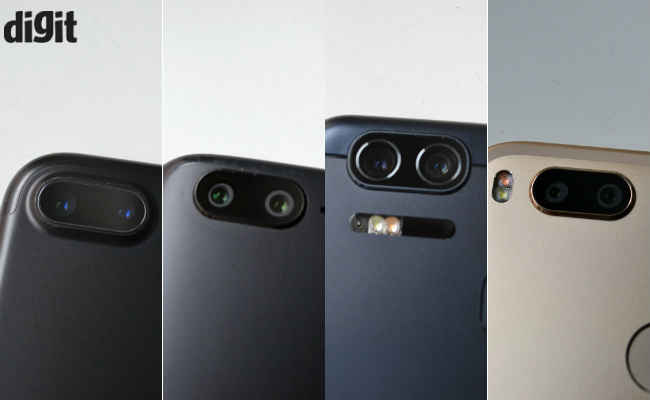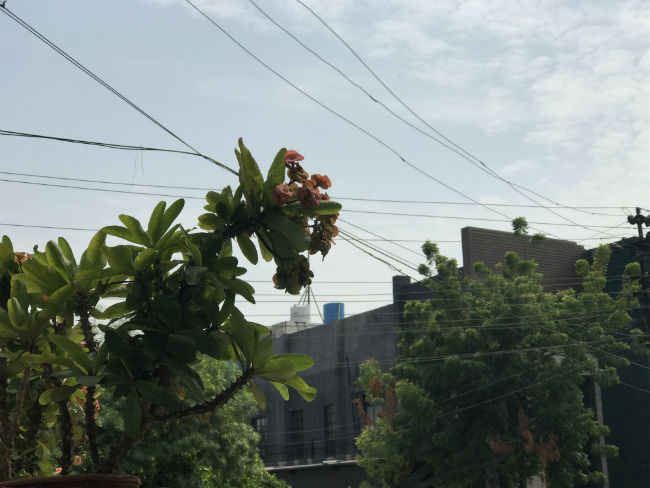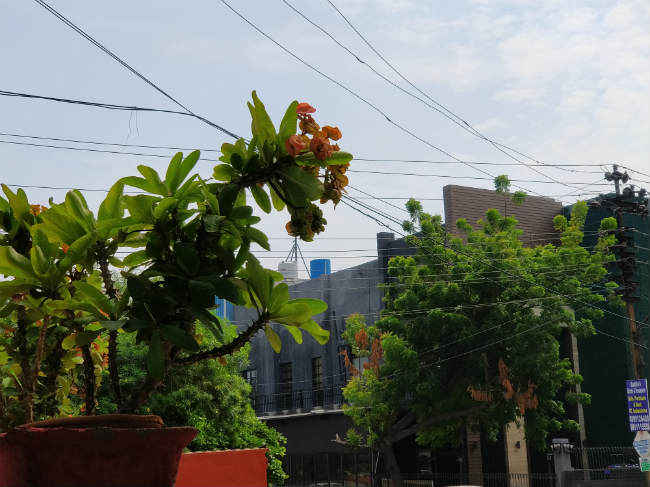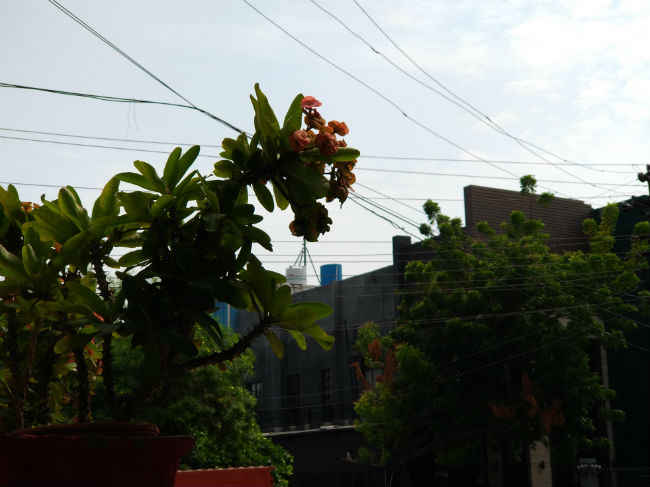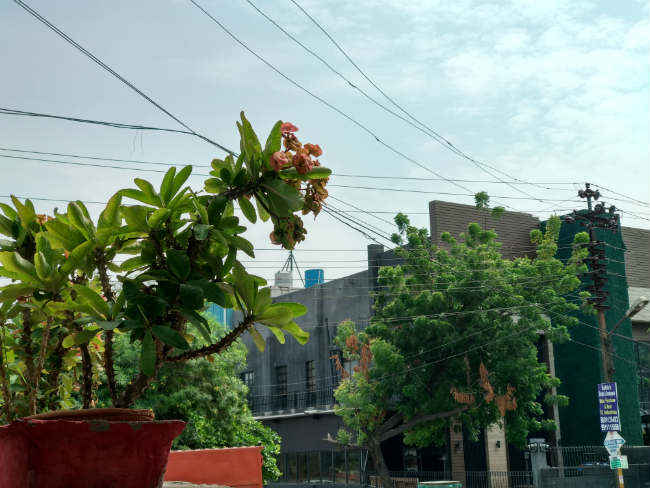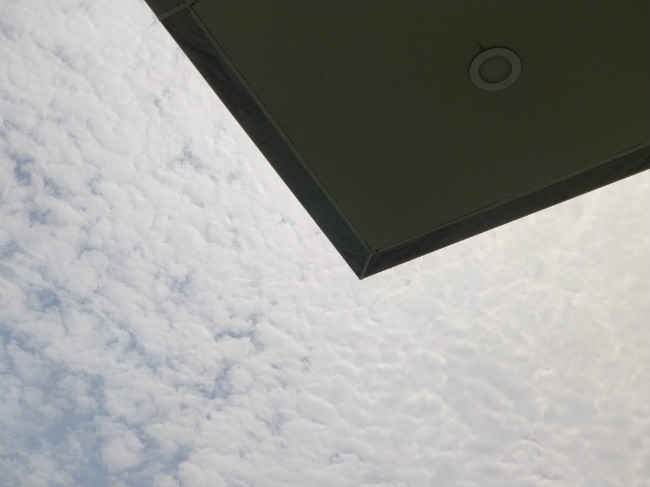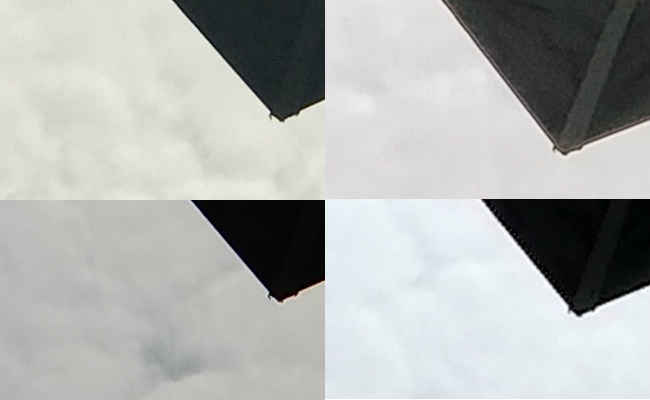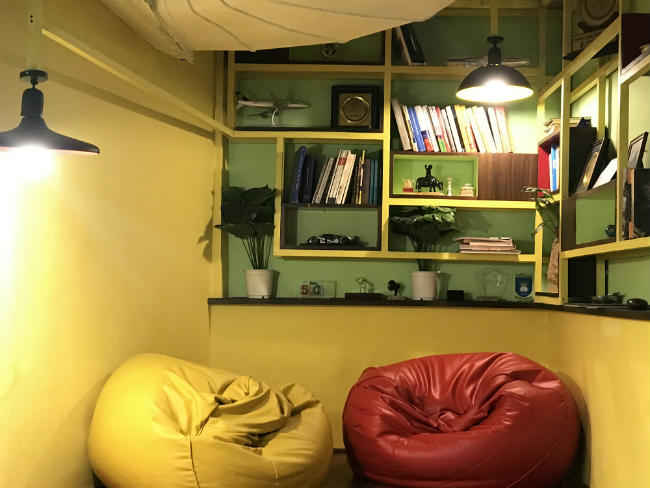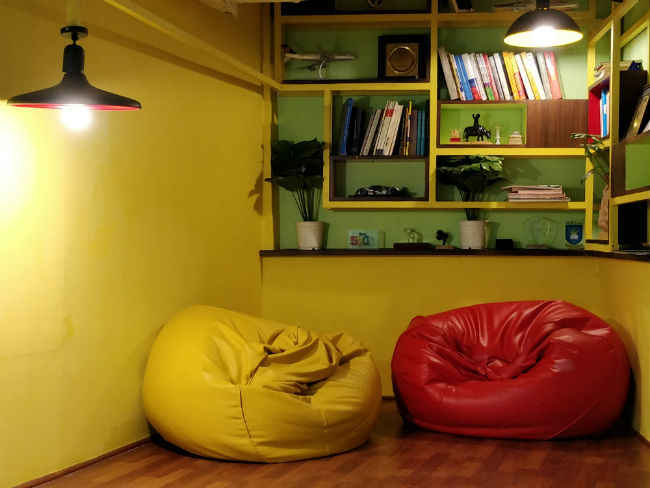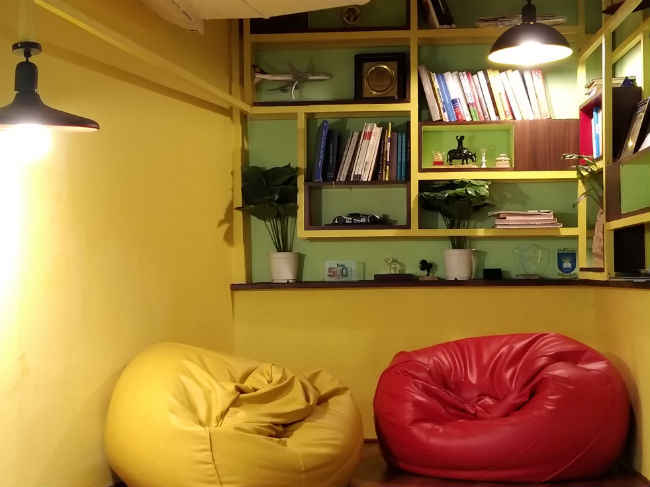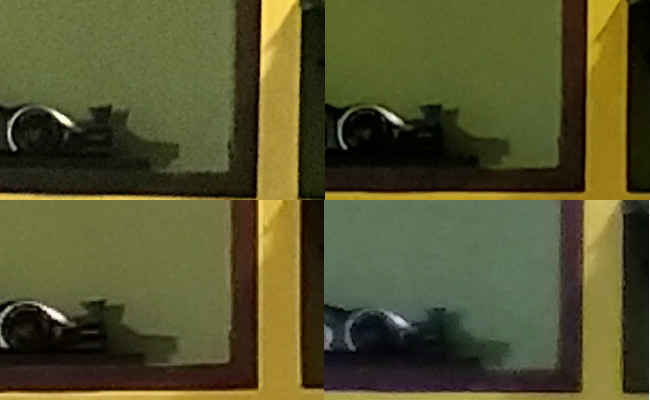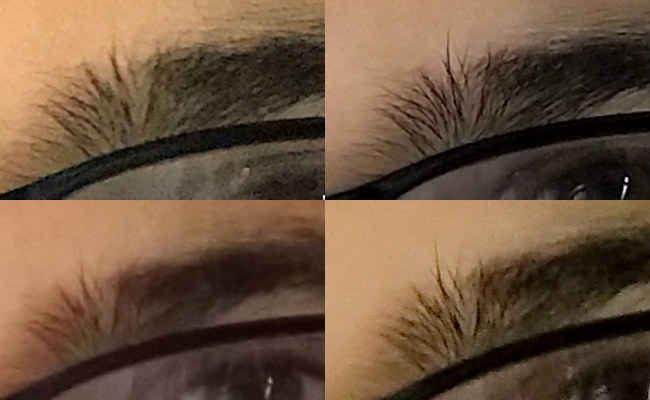Optical zoom comparison: Apple iPhone 7 Plus vs OnePlus 5 vs Asus Zenfone Zoom S vs Xiaomi Mi A1
Optical zoom is available across price brackets today, but how does the image quality differ based on that price?
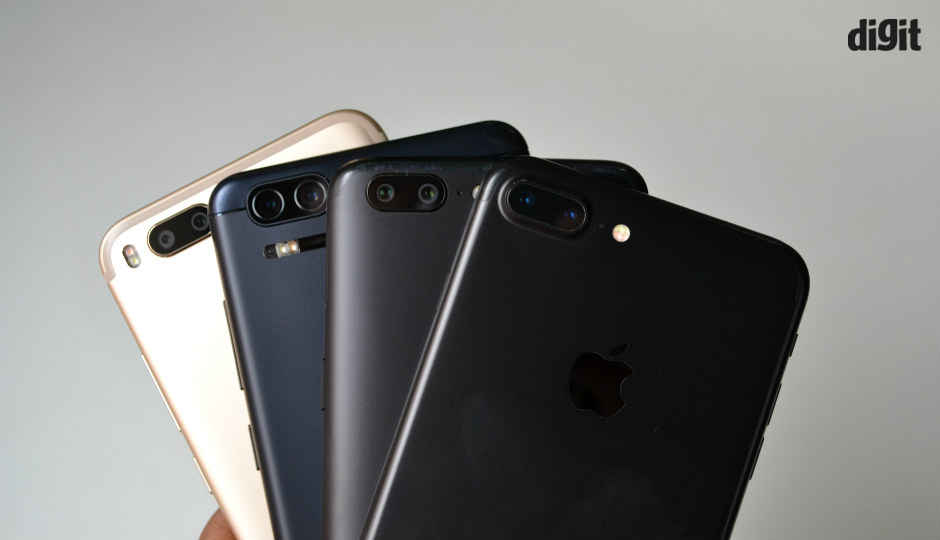
Post the launch of Apple iPhone 7 Plus late last year, Android phone makers around the globe started using dual-cameras with telephoto lenses. In the past year, dual-cameras have moved from flagship phones to more affordable ones. However not all dual cameras are the same, with different implementations. The most common implementation of dual cameras was popularised by Huawei. In this method, the phone uses its secondary rear camera to capture the same image in monochrome and add depth details as well. However, we are today focusing on the dual camera implementation Apple started, that is with one primary camera and the secondary camera offering optical zoom in the same frame.
 Survey
SurveyWe’ve taken three phones across various price brackets, that offer the optical zoom implementation, and pitted them against the original, the Apple iPhone 7 Plus itself. Here are our findings.
Note: Before we begin, we should tell you that the secondary camera on all these phones were unable to retain the image quality of their respective primary cameras. However, for the sake of this test, we are not comparing images taken from the primary camera and considering only the optical zoom element of the phones.
Under direct sunlight
Images from all four cameras here look good individually, but as soon as we put them against each other, we could see the differences. Images captured by the Apple iPhone 7 Plus have a neutral tone, while the other three Android phones have slightly warmer tones. The differences in the four cameras further lie in details and dynamic range. Here the OnePlus 5 and Xiaomi Mi A1 shine as they bump up ISO to 200 and 100 respectively, adding more visible details to the subject (foreground). However, in doing so they blow out the details in the background. The Asus Zenfone Zoom S on the other hand is unable to cope with the dynamic range of this frame and ends up darkening the subject.
Winner: iPhone 7 Plus
Apple iPhone 7
OnePlus 5
Asus Zenfone Zoom S
Xiaomi Mi A1
Top (L-R) Apple iPhone 7, OnePlus 5
Bottom (L-R) Asus Zenfone Zoom S, Xiaomi Mi A1
Against the sun
This particular image has been taken in the middle of the day with the sun right above the ledge. Here you can see extreme difference between the well lit area (sky) and the least lit (balcony above). Here the iPhone 7 Plus takes the lead once again with almost true to source colour saturation. However, since the secondary camera on the iPhone has f/2.8 aperture, the photo is not as bright as compared to the ones clicked by the other three phones. Here the secondary cameras of the OnePlus 5 and Asus Zenfone Zoom S post a slightly brighter image, with an f/2.6 aperture lens. However, at the same time the colours don’t look very natural even though the details are at par with the iPhone 7 Plus. Lastly, the Xiaomi Mi A1 brings a more able f/2.2 aperture into the mix, but fails to capture as much details as either the OnePlus 5 or the iPhone 7 Plus.
Winner: Tie between iPhone 7 Plus, OnePlus 5
Apple iPhone 7
OnePlus 5
Asus Zenfone Zoom S
Xiaomi Mi A1
Top (L-R) Apple iPhone 7, OnePlus 5
Bottom (L-R) Asus Zenfone Zoom S, Xiaomi Mi A1
Natural lighting indoors
With light coming at an angle onto the leaves, one sees that the image taken by the iPhone 7 Plus is true to source as possible. Colour saturation is good, but the overall image quality is not something we would call exemplary. In fact, none of these images look good. All three Android phones end up adding a warmer tone to the images, which may look good to the untrained eye but is not something we are looking for. Subject details in all four image aren't very sharp, and there’s slight noise in all four images in the background. If we set the iPhone 7 Plus as the benchmark here, the OnePlus 5 and the Xiaomi Mi A1 have slightly inferior image quality and warmer images. The Asus Zenfone Zoom S, on the other hand, captures better details than either of the three, but Asus’ algorithm makes the image even warmer, negating its lead in getting those details right.
Winner: iPhone 7 Plus
Apple iPhone 7
OnePlus 5
Asus Zenfone Zoom S
Xiaomi Mi A1
Top (L-R) Apple iPhone 7, OnePlus 5
Bottom (L-R) Asus Zenfone Zoom S, Xiaomi Mi A1
Incandescent lighting
In incandescent light, the OnePlus 5 produces better images with minimum noise and almost correct colour saturation. The Apple iPhone 7 Plus performs similarly, but has more visible noise in the image. Images from the XIaomi Mi A1 are poor, with inaccurate colours and lots of noise. However, what is interesting here is when you compare each image to the similarly zoomed image taken by the primary camera, the colour saturation is visibly different. The only exception here is the Asus Zenfone Zoom S, which keeps colour saturation pretty similar between the two rear cameras. The 2.3X telephoto image by Asus’ phone is less noisy, but the amount of details captured isn’t great.
Winner: OnePlus 5
Apple iPhone 7
OnePlus 5
Asus Zenfone Zoom S
Xiaomi Mi A1
Top (L-R) Apple iPhone 7, OnePlus 5
Bottom (L-R) Asus Zenfone Zoom S, Xiaomi Mi A1
Portrait
The portrait mode has made dual-cameras really interesting. While day-to-day images are often shot and shared without any afterthought, portrait mode images bring a sense of glamour to your photos. For portraits, the best phone we reckon is the OnePlus 5. It offers better combination colour saturation, details and bokeh effect to compose a better “portrait Image”. Apple’s iPhone 7 Plus take a slightly grainy portrait, with the edge details being blurred along with the background. The Asus Zenfone Zoom S and Xiaomi Mi A1 though are unable to match the overall quality of the iPhone and the OnePlus 5. Images taken by the Zenfone and Mi A1 have sub-par details overall and both add have softer focus that robs the subject of minute details that the iPhone 7 Plus and OnePlus 5 capture.
Winner: OnePlus 5

(L-R) Apple iPhone 7, OnePlus 5

(L-R) Asus Zenfone Zoom S, Xiaomi Mi A1
Top (L-R) Apple iPhone 7, OnePlus 5
Bottom (L-R) Asus Zenfone Zoom S, Xiaomi Mi A1
Conclusion
The simple outcome of this test is that while the dual camera (telephoto) system is a perk to have on any phone, it is not perfect. The secondary camera on either of the phone cameras currently cannot match the pure specs or performance of their respective primary cameras. There is visible loss on details between the primary and secondary cameras. Phones like the iPhone 7 Plus and OnePlus 5 do maintain similar colour saturation and do it successfully for the most part. The dynamic range differs across devices, but the final impact of this will differ from person to person, based on what kind of photos you like. Vibrant colours are produced often, but this also comes at the expense of details at times. Many consumers are often fine with that. In fact, we don’t even realise that unless a photo is enlarged.
So, while the telephoto lenses certainly do not produce the same image quality as their counterparts, as far the telephoto capabilities are concerned they are well catered to by these cameras. The image quality differs and almost always deteriorates when you move to lower price ranges.
Hardik Singh
Light at the top, this odd looking creature lives under the heavy medication of video games. View Full Profile
